ABA Midyear: Fishing for Prospects – Ethical Limitations Can Create Muddy Waters in Catching New Clients

ABA Midyear Meeting, Vancouver, B.C., 2018
If you are attending the ABA Midyear Meeting in Vancouver the first weekend in February, reside in the B.C. area or simply are looking to escape to Canada (as so many U.S. citizens and non-citizens now are), be sure to attend this free CLE program, Fishing for Prospects – Ethical Limitations Can Create Muddy Waters in Catching New Clients on Saturday, February 3, 2018 from 2:30 p.m. to 3:30 p.m. PST at the Vancouver Marriott Pinnacle Downtown.
This ABA CLE, co-sponsored by the Law Practice Division and the Young Lawyers Division focuses on ethical strategies for business development and relationship building. We will cover ethic rules and related pitfalls when soliciting new clients and advertising your practice. The Rules of Professional Conduct, various US Supreme Court cases and numerous state bar ethics opinions can create an often-unseen myriad of issues when soliciting new clients.




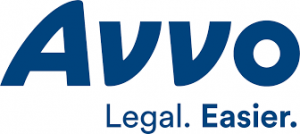
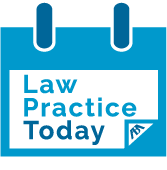 In a world where every law firm is (or says) they are “full-service,” comes this issue of
In a world where every law firm is (or says) they are “full-service,” comes this issue of 
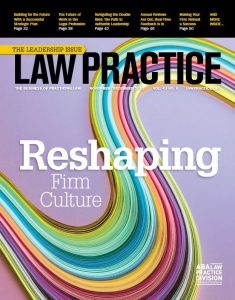 When I wrote my marketing column for the November/December 2017 issue of the ABA’s Law Practice Magazine,
When I wrote my marketing column for the November/December 2017 issue of the ABA’s Law Practice Magazine, 
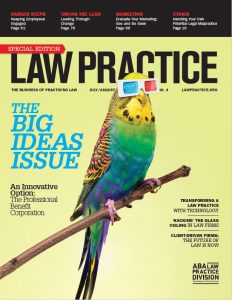
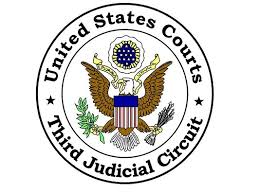 e a Judge or attorney fascinated (or at least feeling like you need to know this stuff) by the world of social media, consider attending the
e a Judge or attorney fascinated (or at least feeling like you need to know this stuff) by the world of social media, consider attending the 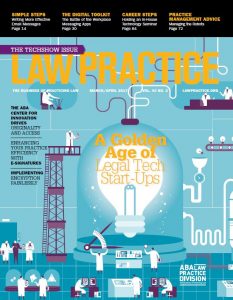
 What do for-profit and nonprofit legal organizations stand to gain from publishing free or low-cost educational resources? Investment in a public good and expertise, to start, writes
What do for-profit and nonprofit legal organizations stand to gain from publishing free or low-cost educational resources? Investment in a public good and expertise, to start, writes